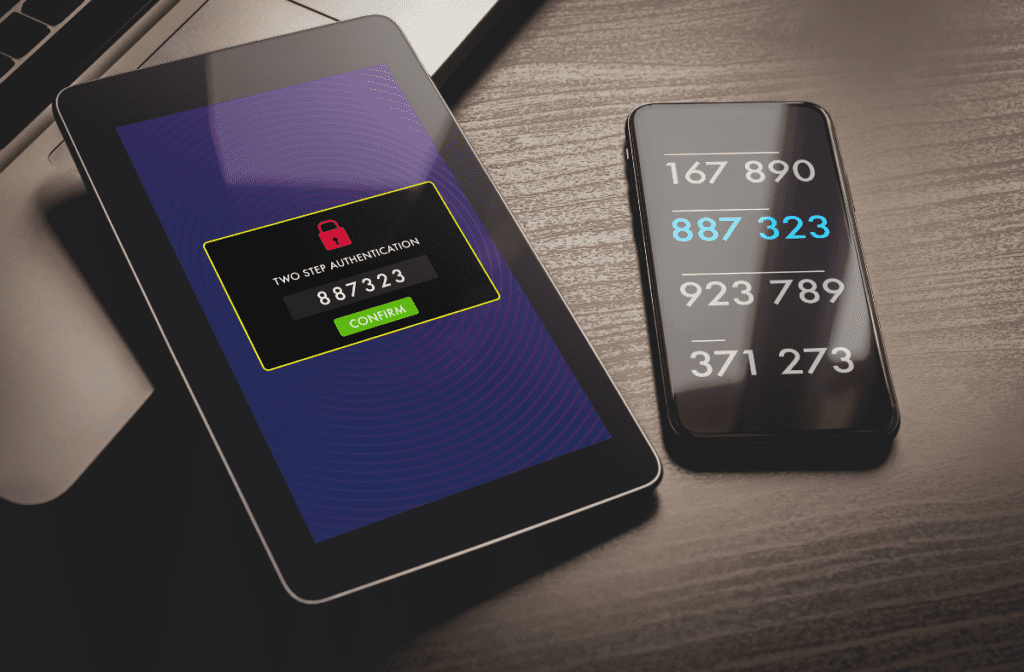One of the key elements of securing communication between web browsers and servers is the use of SSL certificates. These certificates, which are the basic building block of secure data transfer, allow us to create trust between users and websites. In this article, we'll look at what SSL certificates are, why they're important, and how to properly implement them to secure your online environment. Safety on the Internet it's not just about technology, it's also about trust, and SSL certificates are a key tool for building that trust.
What is an SSL Certificate?
The SSL certificate (Secure Sockets Layer) is a digital certificate that plays a key role in securing online communication between the user and the web server. It's a virtual stamp of trust that not only authenticates a website's identity, but also creates an encrypted tunnel, securing sensitive information in transit.
This digital security shield isn't just about data encryption; it also has fascinating details. Each SSL certificate contains keys - public and private. The public key is shared with all site visitors, while the private key remains secret and is used to decrypt information sent by the user. This asymmetric cryptography is an intelligent mechanism to ensure the confidentiality and authenticity of communication.
How does an SSL certificate work?
SSL creates a secure channel between the user's web browser and the website's server. The process begins when the user enters a page address starting with “https://” into the browser. This is where an SSL certificate comes into play:
SSL connection request: The web browser sends a request to establish a secure connection to the server that provides the web page.
Sending the certificate:
- The web server responds by sending its SSL certificate along with the public key.
- An SSL certificate contains information about the owner of the certificate, the certificate authority (CA), the validity of the certificate and the public key of the server.
Authentication:
- The web browser verifies the authenticity of the certificate using the CA. If the certificate is valid and trusted, communication continues.
To create an encryption channel:
- After authentication, the server and browser agree on a shared symmetric key that is used to encrypt and decrypt data
Encrypted communication:
- Further communication between the browser and the server is encrypted. Data that is transmitted is encrypted using a shared symmetric key, ensuring privacy and security.
Basic principles of SSL certificate cryptography
Cryptography of SSL certificates is based on two basic principles:
- Symmetric and asymmetric cryptography:
- Symmetric cryptography uses a single key to encrypt and decrypt data.
- Asymmetric cryptography uses two keys: public and private. The public key is used for encryption and the private key for decryption.
- Certification Authorities (CA):
- CAs are trusted institutions that issue and verify SSL certificates.
- Their job is to confirm the authenticity of the website and ensure that the certificate is valid and reliable.
SSL certificates are therefore a key tool in the cryptographic arsenal for securing online communication and trust between users and websites. Their proper functioning is essential for the protection of sensitive information in the digital world.
Types of SSL certificates
There are several types of SSL certificates that differ in scope and use. Knowing these differences is crucial for choosing the right certificate according to the specific requirements of the website.
Simple SSL certificate:
This root certificate provides encryption between the browser and the server. It is ideal for personal websites and small blogs.
Wildcard SSL certificate:
Suitable for websites with subdomains, a wildcard certificate covers all subdomains of one main domain. This is useful for large web platforms or businesses with a large online presence.
Multi-domain SSL certificate:
This certificate allows you to secure multiple different domains with a single certificate. It is useful for businesses or organizations with several websites.
Each of these certificates adds a layer of security, but can also impact performance and server management requirements. Choosing the right type of certificate depends on the specific needs and structure of the web presence.
When and why should a particular type of certificate be chosen?
- Simple certificate: Suitable for personal blogs and websites with minimal amount of sensitive data. A simple certificate provides a basic layer of encryption.
- Wildcard certificate: Recommended for large web platforms with complex subdomain structure. It allows easy management and security of all subdomains.
- Multi-domain certificate: If you run several websites or projects, a multi-domain certificate is an effective solution for securing all domains with one certificate.
Correct use of SSL Certificate
A secure and trustworthy online environment requires not only the implementation of SSL certificates, but also their effective management and maintenance. Here are advanced recommendations to help you maximize the benefits of SSL certificates and strengthen the security of your website or application.
1. Regular Update of Certificates
Regularly updating SSL certificates is crucial to keep them valid and secure. Do not forget to time the renewal of certificates and monitor their expiration. Automatic alerts and validity tracking help you avoid potential security risks associated with out-of-date certificates.
2. Choosing the Right Type of Certificate
The decision on the type of SSL certificate should take into account the specific needs and structure of your web presence. For small personal sites, a simple certificate may be ideal, while for large online platforms, a wildcard or multi-domain certificate may be beneficial. Think about how to best use the possibilities that each type of certificate offers.
3. Comprehensive Domain Coverage
If you run multiple websites, don't forget to secure them all with one certificate. This will not only simplify management, but also provide uniform and effective encryption for all domains. You can be sure that all aspects of your online presence are protected.
4. Monitoring of Security Risks
Security is not a static state, so it is essential to regularly monitor security risks. Pay attention to new threats and update your security measures as necessary. Also monitor security messages from certification authorities and actively respond to any security issues.
5. Inform Users about Security
User trust in your online platform is key. Actively inform users about the existence of an SSL certificate and explain to them its importance for their security. Provide simple and understandable information about how SSL contributes to the security of their personal data and transactions.
SSL certificate - Conclusion
SSL certificates are not only a security measure, but a key element to ensure trusted online communication. They are an essential element for any website that collects or processes users' personal data. So don't forget to secure your sites, blogs or stores with SSL certificates.







